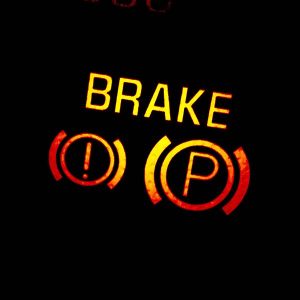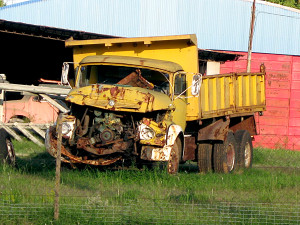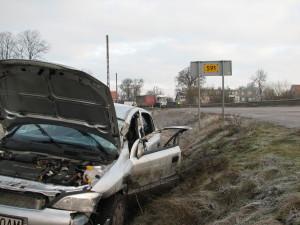 Do automatic emergency braking systems actually prevent car accidents? In other words, if you purchase a new vehicle with an automatic emergency braking system, can you simply stop worrying about paying attention to the car that is in front of you on the freeway or in your neighborhood? According to a recent news release from the AAA Foundation for Traffic Safety, not all self-braking cars are made in the same way, and they do not all work at the same levels as one another. In other words, not all automatic braking systems have the same rates of success, and thereby the same accident-prevention abilities. The news release indicates how “new test results from AAA reveal that automatic braking systems—the safety technology that will soon be standard equipment on 99 percent of vehicles—vary widely in design and performance.”
Do automatic emergency braking systems actually prevent car accidents? In other words, if you purchase a new vehicle with an automatic emergency braking system, can you simply stop worrying about paying attention to the car that is in front of you on the freeway or in your neighborhood? According to a recent news release from the AAA Foundation for Traffic Safety, not all self-braking cars are made in the same way, and they do not all work at the same levels as one another. In other words, not all automatic braking systems have the same rates of success, and thereby the same accident-prevention abilities. The news release indicates how “new test results from AAA reveal that automatic braking systems—the safety technology that will soon be standard equipment on 99 percent of vehicles—vary widely in design and performance.”
What else should drivers in San Diego know about the recent AAA test and the future of automatic braking systems?
What Drivers Think Versus What Automatic Braking Systems Actually Do
 North County San Diego Injury Lawyers
North County San Diego Injury Lawyers













